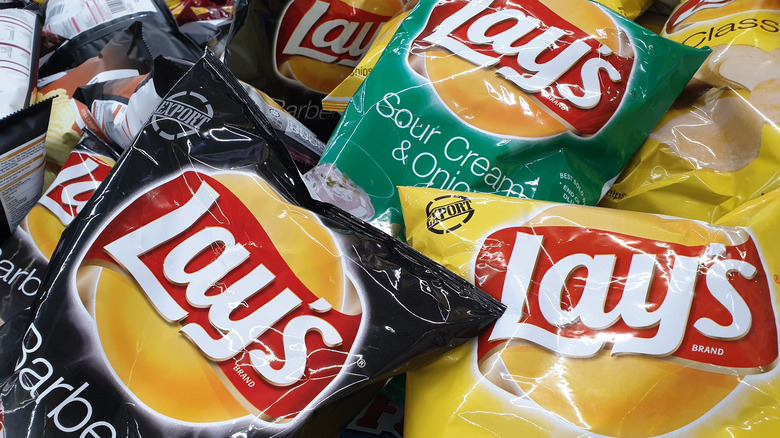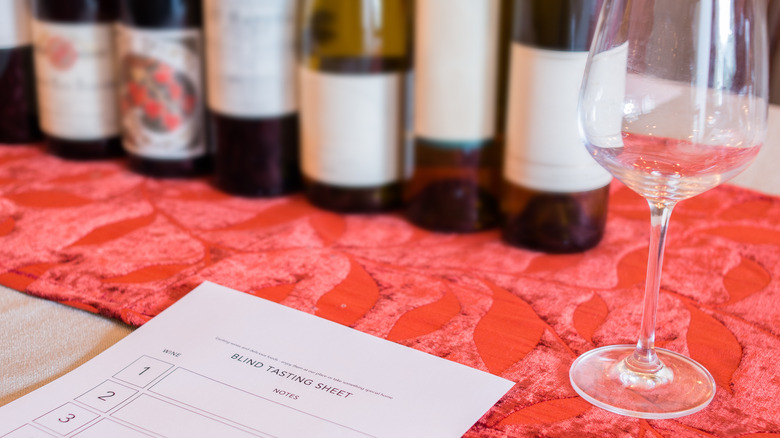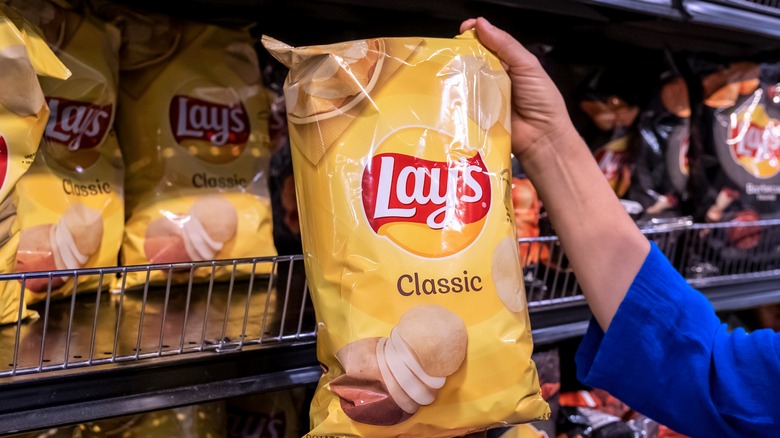The Science Behind Frito-Lay's Potato Chip Marketing Technique
When neuroscience was first used in marketing settings, academics were skeptical, admits Neuroscience Marketing, and some suggested the field should be renamed "consumer neuroscience" to better define and validate the approach. According to the Harvard Business Review, the field found popularity in the mid-2000s, when researchers sought to better understand consumer decision-making processes and buying behaviors by measuring physiological and neural signals through brain scanners, eye movement trackers, and coding facial-expressions. NBC and TimeWarner have used neuromarketing for years, notes Harvard Business Review, and Microsoft, Google, and Facebook have established in-house teams devoted to this line of research.
One of the theories behind the approach is attributed to Nobel Laureate Francis Crick; It's called the astonishing hypothesis and it distills human emotion and thoughts to the brain's neural activity. "And there's clear evidence that neuroscience-based marketing research methods can indeed make advertising more effective," Horst Stipp, of the Advertising Research Foundation, told Harvard Business Review.
Research backs up these claims.
Evidence-based marketing
In 2004, research participants were given soda to drink while their brain activity was recorded. Results were fairly consistent when participants were simply given unknown beverages to consume, but once the name of the drink was revealed in advance, the areas of the brain connected to memory and emotion showed increased activity (via The Guardian). Another experiment demonstrated that when participants were told the cost of the wines they were drinking, their brains perceived the "expensive" wine differently — even though all of the samples were the same (per INSEAD).
Neuroscience experiments have demonstrated business implications, too. In a study published in the Journal of Consumer Psychology, participants' brain activity was measured as they listened to music; Three years later, the songs in which activity was highest had the most sales. One Stanford team was able to successfully predict movie popularity by tracking EEG recordings of participants watching the movie trailers (via Harvard Business Review).
It's no wonder Frito-Lay sought this kind of methodology to improve business.
A redesign based on science
Research participants may not always be able to vocalize their thoughts and preferences, and physiological markers can be easier to track and define. "What comes out of our mouths is not always a perfect rendition of what's going on in our brains," Michael Platt, director of the Wharton Neuroscience Initiative told the Harvard Business Review. Yet such tests can be difficult to run and aren't exactly cheap. For Frito-Lay, however, the investment was worth it.
Executives noted that even though women snacked more then men, they weren't choosing Frito-Lay snacks. The snack company turned to advertising agency Juniper Park to understand why their snacks were overlooked by female consumers. The agency concluded that not only did women process complex, information-dense ads easily, but the part of the brain responsible for decision-making and guilt was more developed, reports The Takeout. As a result, package redesign attempted to alleviate some of that guilt through less abrasive colors and by avoiding any direct mention of "guilt" or guilt-free snacking and the tactic worked: In six months, over 195 million positive impressions were made, more women visited snack aisles, and the company saw record-breaking sales (via Medium).
For larger businesses with the budget, neuromarketing could very well be worth the investment.


